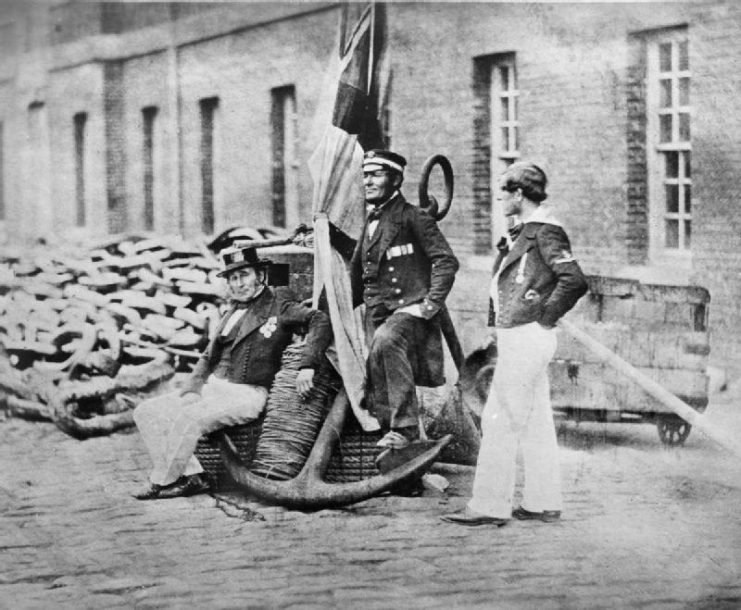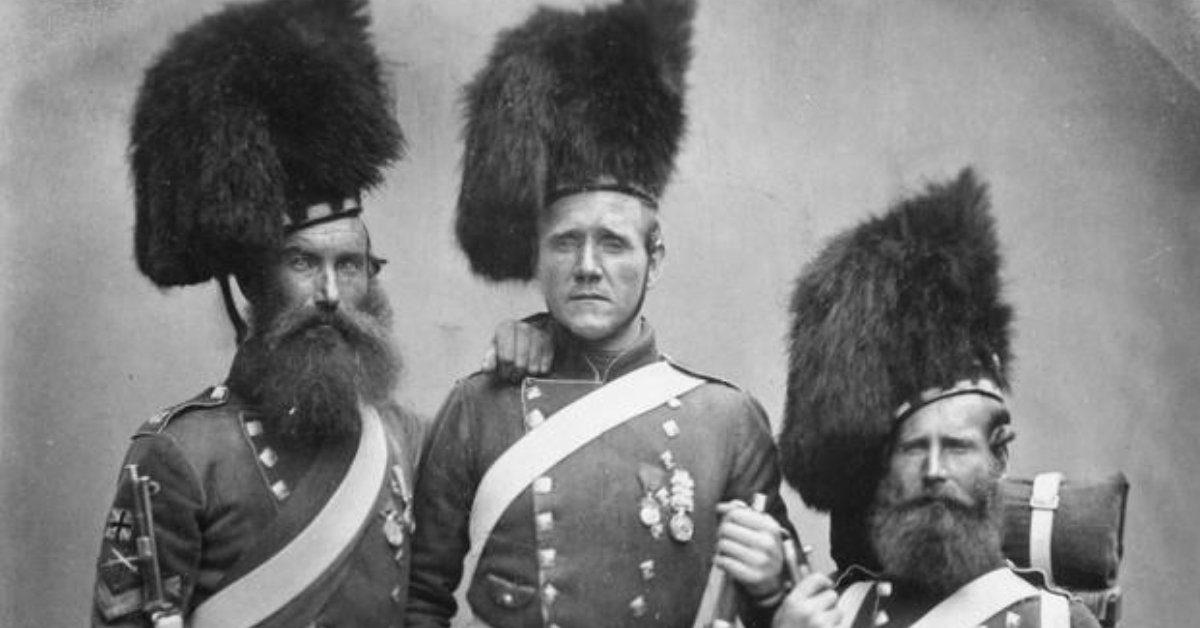After a longtime peace acquired during the Congress of Vienna in 1815, Europe experienced a relatively peaceful period of history. Foundations of that peace laid a balance among the Great Powers on the continent.
The guarantee of it was the so-called Holy Alliance signed by Russia, Austria, Prussia, and later on France. Any threats toward the establishment were supposed to be suppressed without mercy.
The first decades of the 19th century were marked by a progressive downfall of the Ottoman Empire. Egypt, Greece and few other Balkan states, one by one, seceded from the weakening empire. On the other side was Russia, a gendarme of Europe, earnestly crushing every sign of rebellion.
There was no place for freedom or independence movements in Europe. Ottomans possessed something that the Tsardom of Russia had desired since Catherine the Great: the Dardanelles and the Bosphorus Strait, the gateway to the Black Sea.
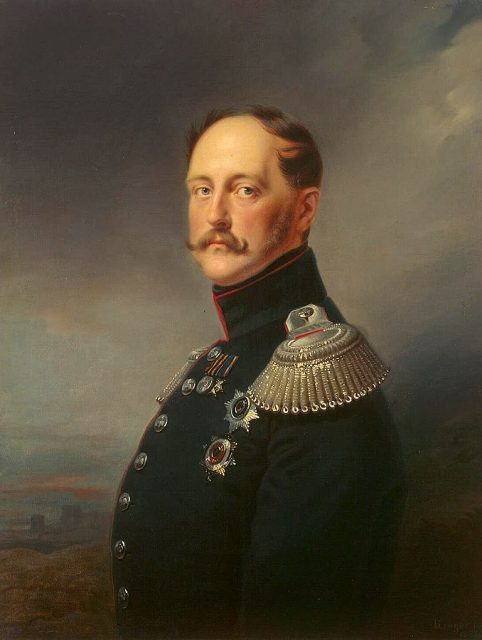
Tsar Nicholas I occasionally probed the rest of his Holy Alliance teammates about a partition of the Ottoman Empire. He started to think about it more seriously in early 1853 and made plans about the “possibility” to the point where he offered Crete and Egypt to Great Britain. However, that idea was far beyond the pale for the British. Their interests simply didn’t match.
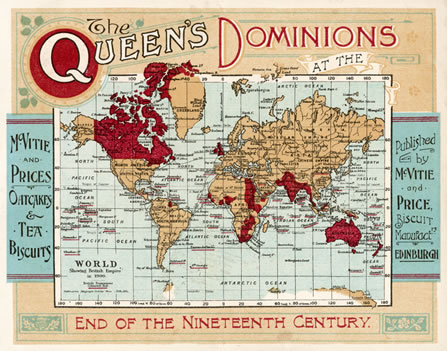
The Emperor of Russia planned further ahead anyway, despite the reluctant response from the British Crown. His plans hinged on the belief that the only threating alliance for him was the one between France and Great Britain. And after an assassination attempt against Napoleon III in London, relations between the western Great Powers weren’t too friendly.
Nicholas also counted on assistance from either Austria or Prussia, or in the best case both of them. However, all those speculations soon proved to be wrong.
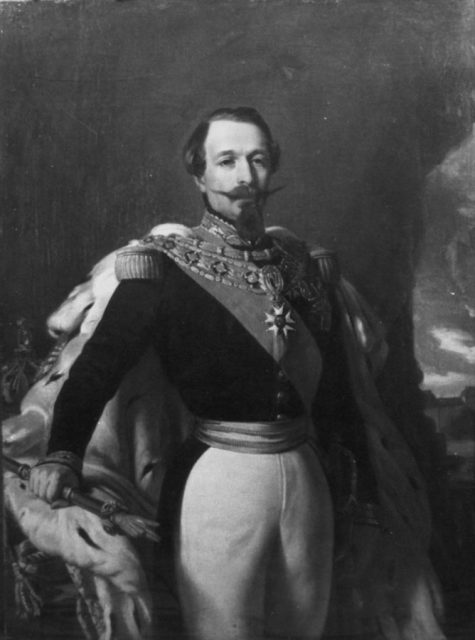
“Realpolitik” is always a shocking matter. An agreement between two foes, even if temporary, isn’t something that’s easy to predict. Both France and Great Britain showed the world the power of pragmatism when in 1853, the dispute between France and Russia reached a climax. Both of those countries aspired to be the Protector of the Holy Land in Palestine.
No one backed down and the conflict turned into the war on October 16, 1853. The Ottoman Empire, with promised support from Great Britain and France, declared war on Russia.
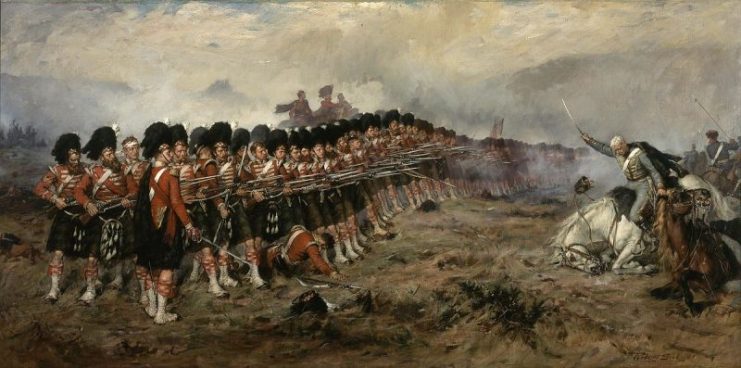
The Russian Army advanced in the Balkan Peninsula towards the south. After the victory of the Tsar’s navy in the Battle of Sinop, there was no more time to waste, so both France and Great Britain rushed to prevent the collapse of the Ottoman Empire.
As soon as they appeared in the Mediterranean Sea, Russia declared war on them, still counting on some kind of reaction from Austria and Prussia. These two, however, remained neutral, while silently cheered the enemies of Russia. That’s how the Crimean War started.
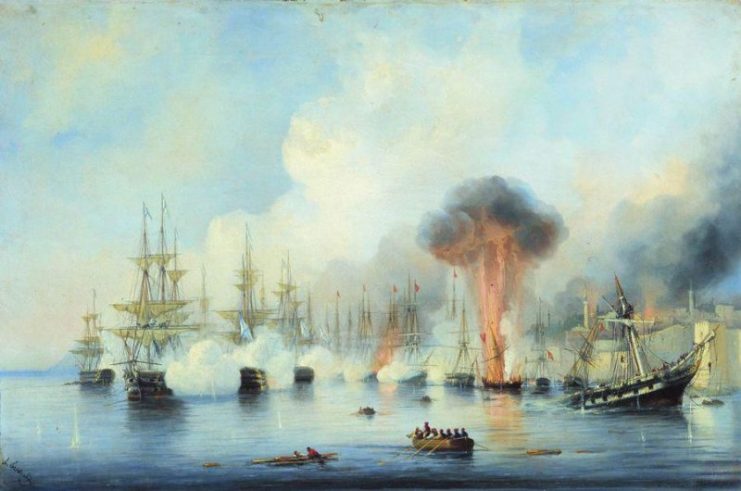
The three-year war proved to be groundbreaking in terms of modern warfare. For the first time, science and technology had a huge influence on the battlefield. It’s rather uncommon for attackers to inflict more damage than they receive, but that’s what happened on the Crimea. A good leadership, trained troops, and superior weaponry were more than enough against the Russian mass.
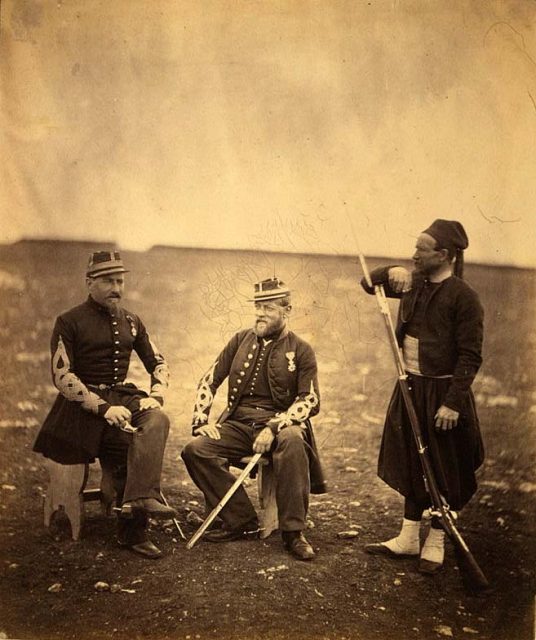
Nicholas I lost superiority on the sea, which allowed the Western Great Powers to embark or bombard whatever and whenever they wanted to. This happened in Finland, the Gulf of Finland, the Baltic Sea, in the far east of Kamchatka, and in Odessa and Kerch on the shores of the Black Sea.
It’s worthy to note that Russia won the Battle of Sinop not because they were strong, but because the Ottoman navy was so weak. In 1854, the combined forces of Great Britain, France, Ottomans, and the Kingdom of Sardinia landed on the Crimean Penisula, taking it over without a fight.
The only exception was the city–and stronghold–of Sevastopol, which turned into a legendary siege for the next 11 months. Russian forces tried multiple times to break the siege, without success.
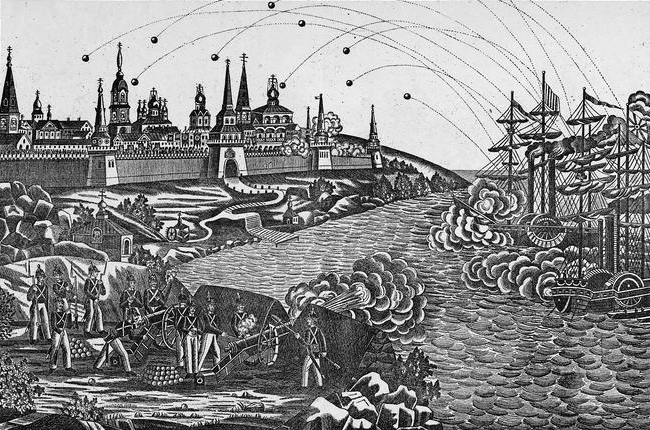
Soon a new player entered the stage: winter. In 1854/55 the cold hit Allied troops, who were unprepared for that kind of environment. The entire system of logistics and supply lines collapsed, conditions on the front lines and in hospitals were terrible, and it got worse every day.
The British were so weakened that the whole weight of the fight transferred onto the French and Sardinians. The public reacted instantly, which ignited the beginning of many reforms, resulting in a modernization of the British Army.
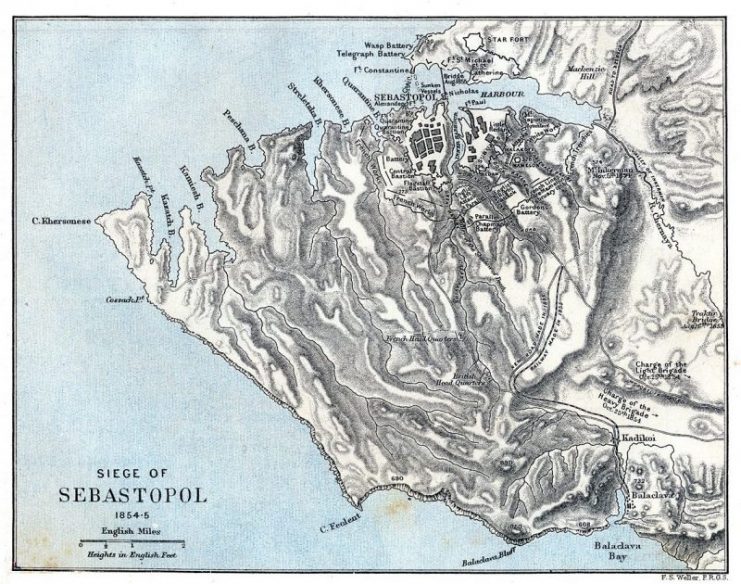
The telegraph was crucial in the war. Thanks to this new invention, the governments in Paris and London were able to communicate with field commanders, a feat unheard of ever before. The messages traveled in days, instead of weeks.
Finally, in September 1855, Sevastopol fell and the entire Russian navy stationed there was destroyed. Nevertheless, the war continued for a few more months on a lesser scale, but the outcome was certain and Russia was more willing to negotiate. Tsar Nicholas I died in February 1855, thus avoiding the humiliation of signing the Treaty of Paris a month later.
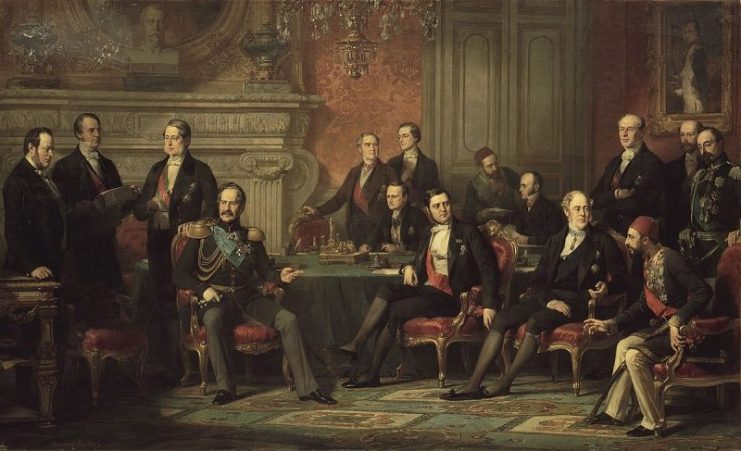
The Crimean War was the ninth war between Russia and the Ottoman Empire, and resulted in a complete defeat of the Tsardom. As a result, Russia was forbidden from possessing a war fleet, and in addition, building any strongholds in the area of the Black Sea was banned.
The war also exposed that the vast empire of Russia had a troubled economy and underdeveloped technology. Domestic issues like corruption and paralysis of power also had a big impact on the war.
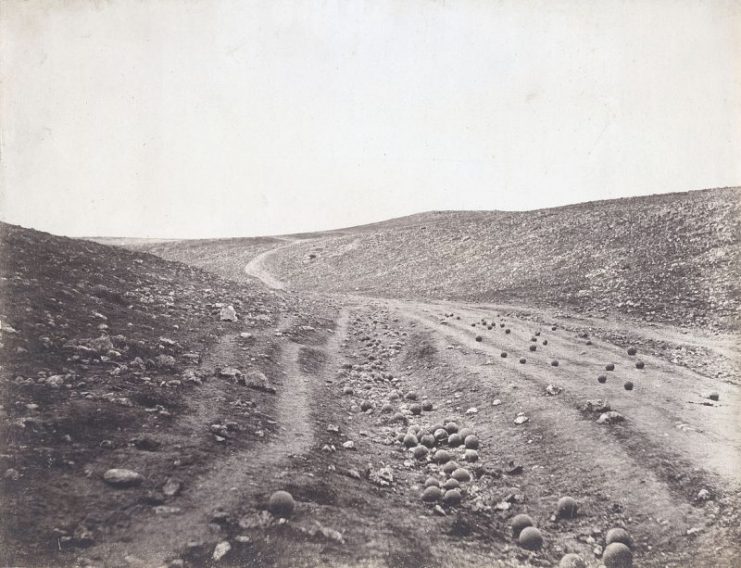
The Crimean War, although fought in the middle of the 19th century, had a few features of modern wars. Most battles were fought in the manner of position warfare, and it was one of the first conflicts reported by the news, resulting in a growing influence of the public opinion on the war.
The clash of great powers was also a catalyst for future changes. Because of a constant lack of supplies and equipment for soldiers, Great Britain introduced more industrial methods of weaponry production. Afterward, the rest of Europe followed that trend.
Another reflection was the creation of modern nursing by Florence Nightingale. Countless veterans of the Crimean War owed her their lives. She discovered that wounded men died not only because of wounds, but also because of post-traumatic shock, which required simple care.
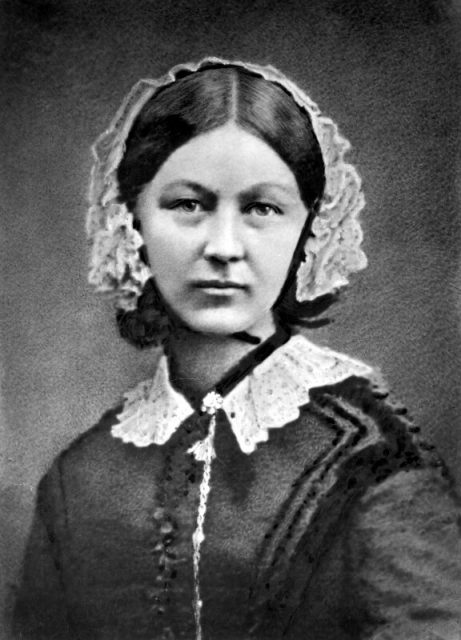
In Russia, the echo of the war was loud. The next Tsar, Alexander II, passed many social reforms, most notably the Emancipation reform of 1861 that effectively abolished serfdom.
The supremacism of Great Britain in the name of Pax Britannica remained unshakeable, and the support of the Crown towards the Ottoman Empire lasted until 1897.
More photos!
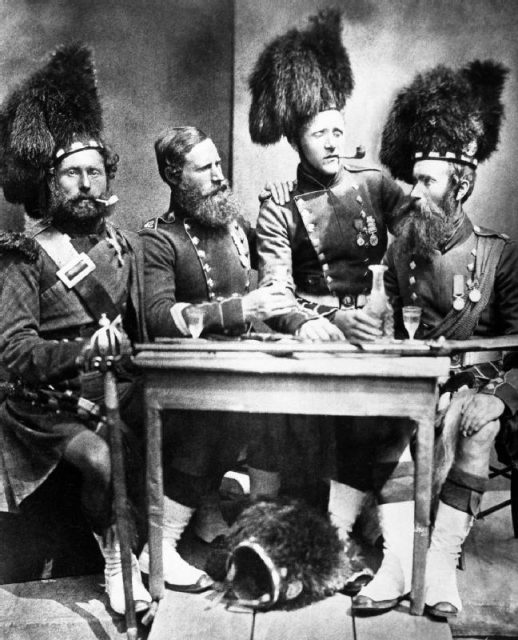
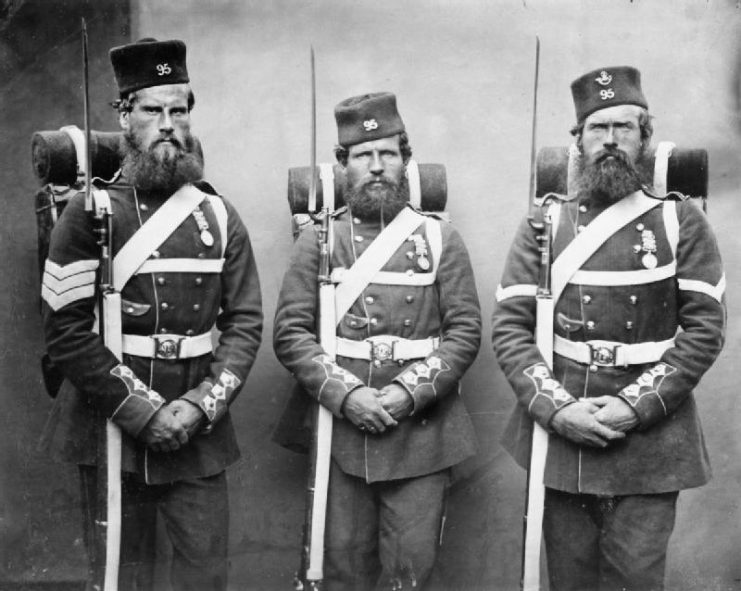
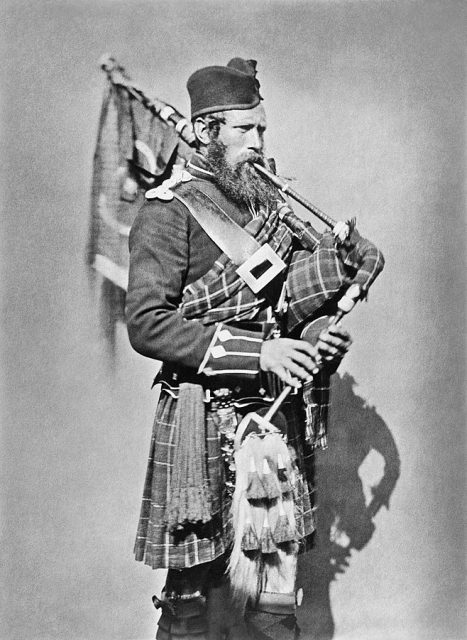
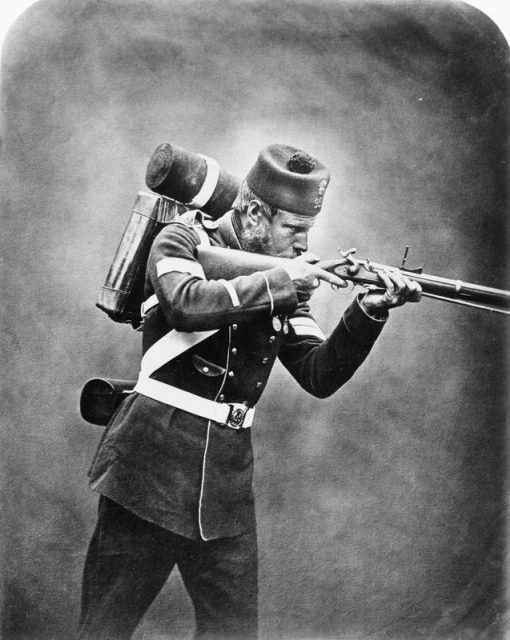
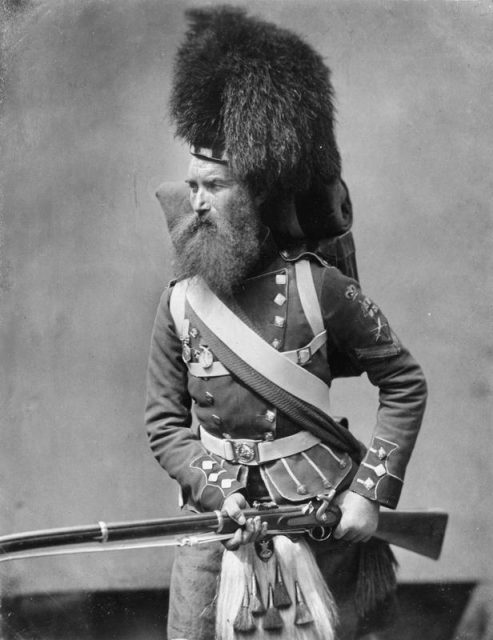
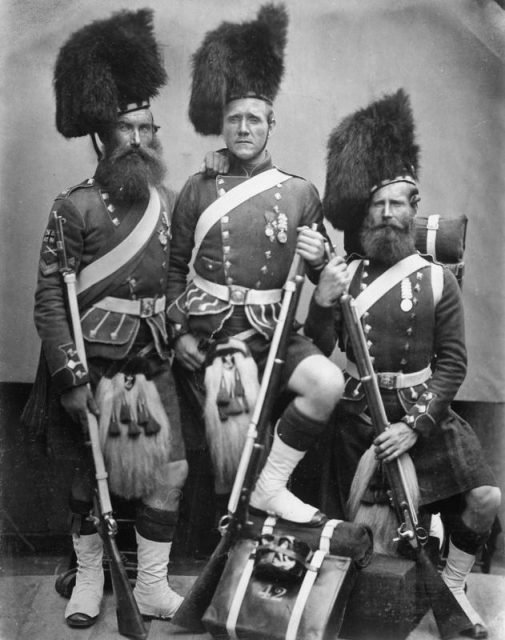
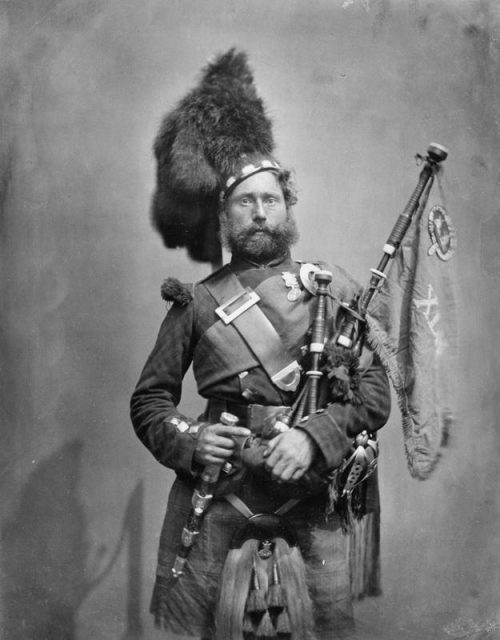
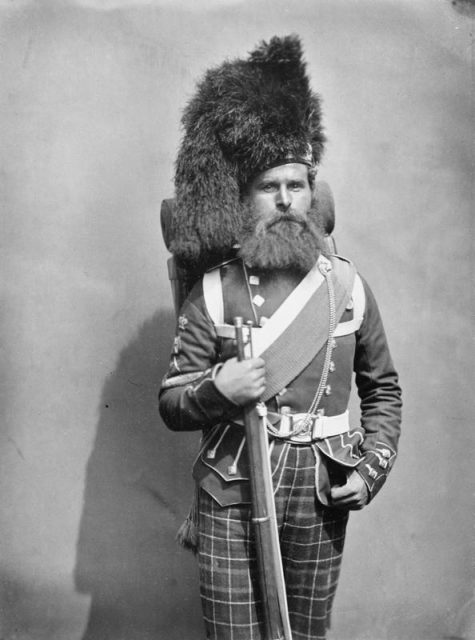
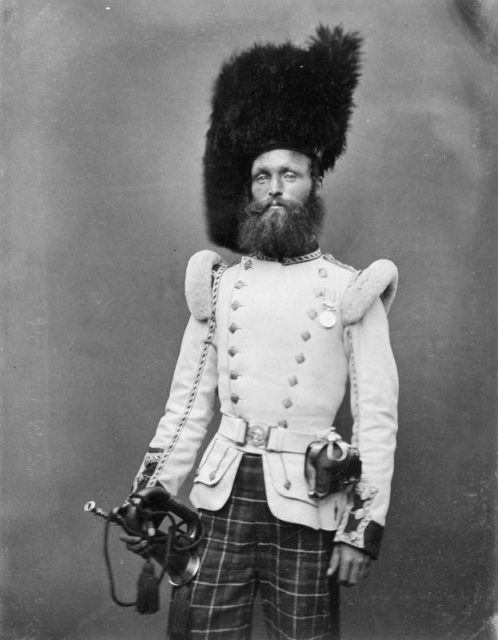
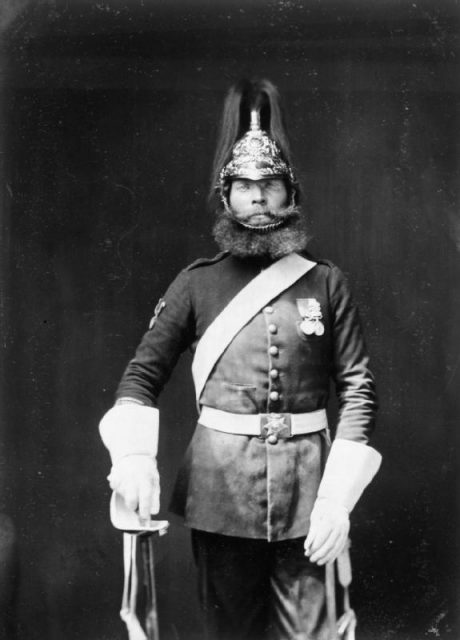
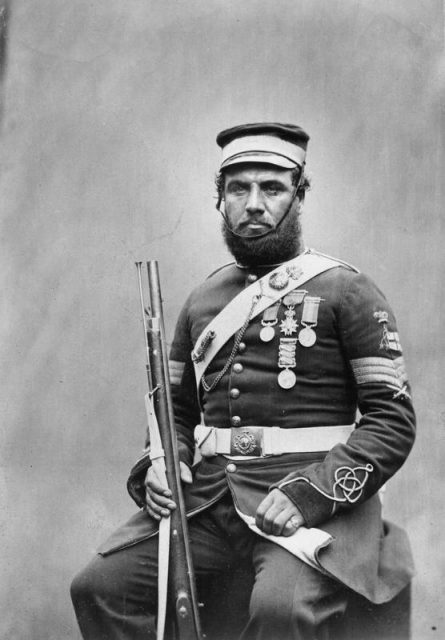
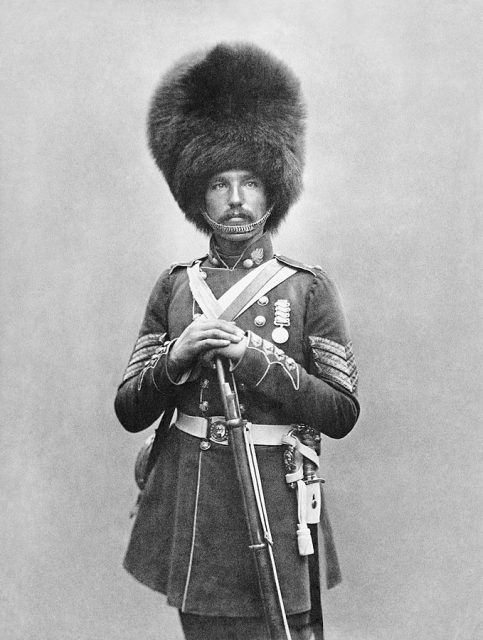
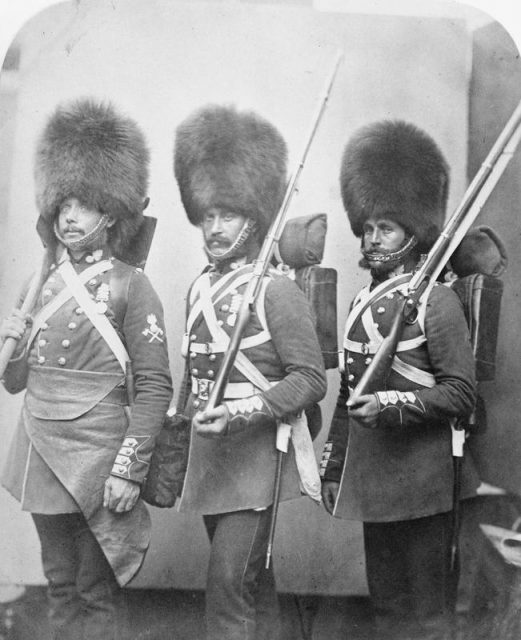
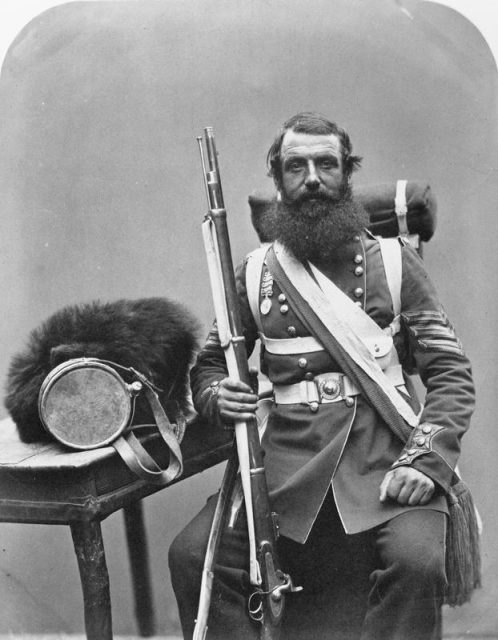
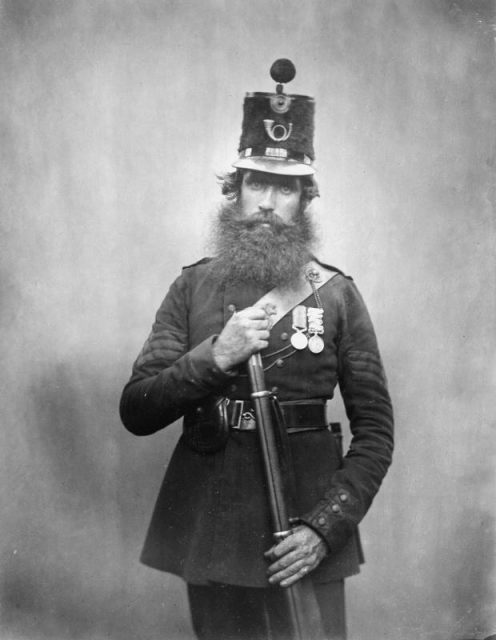
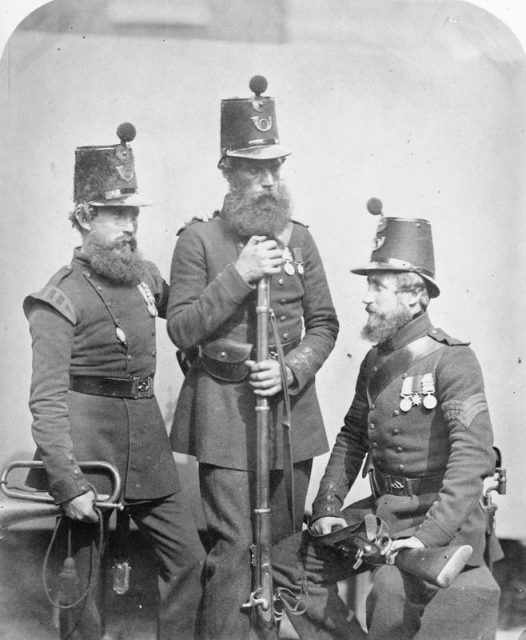
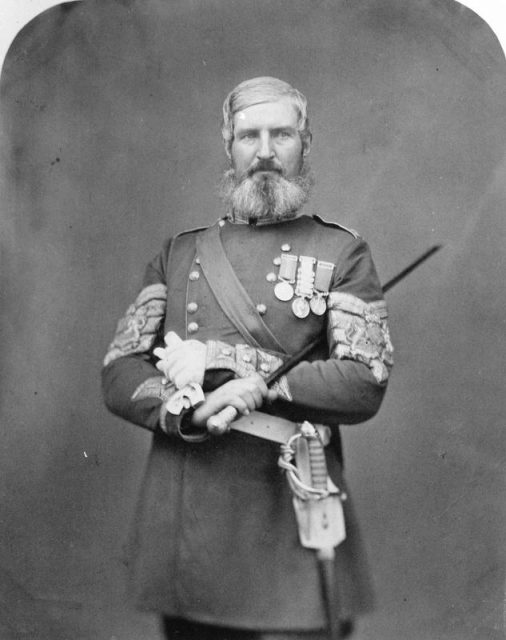
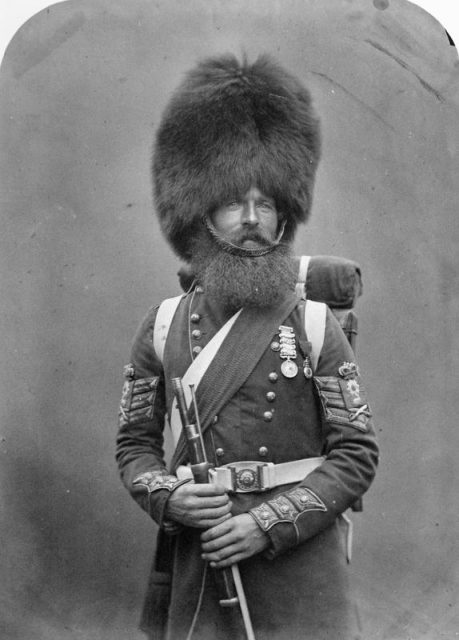
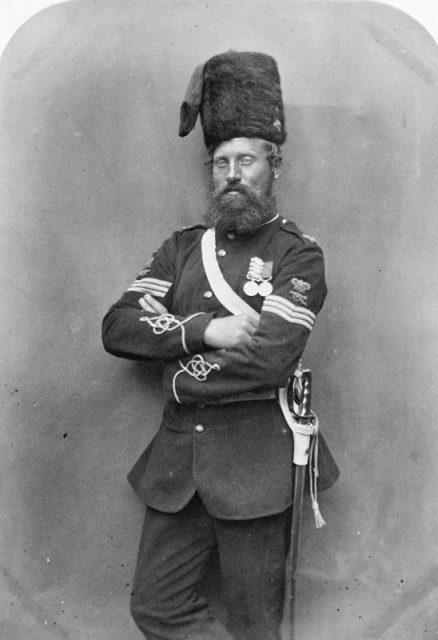
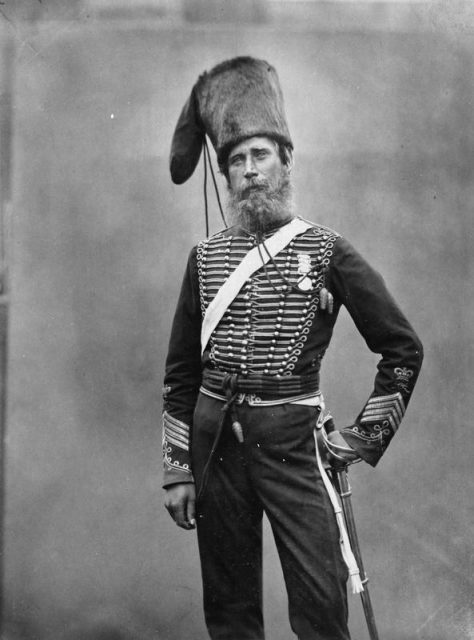
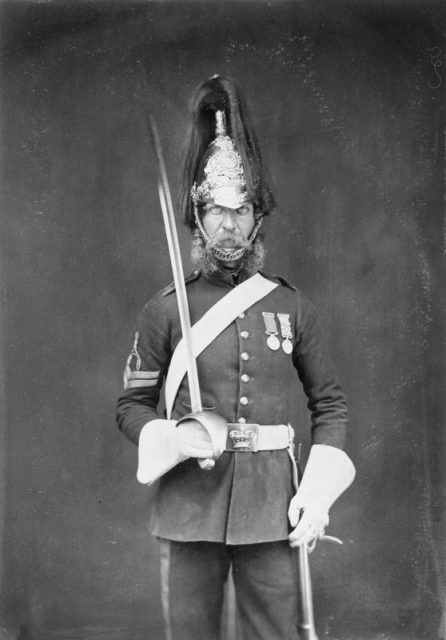
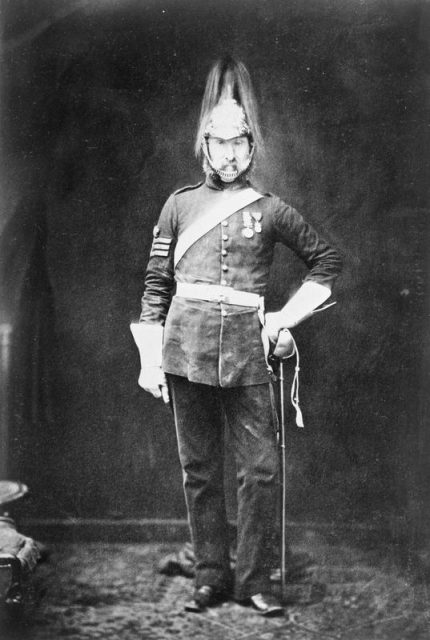
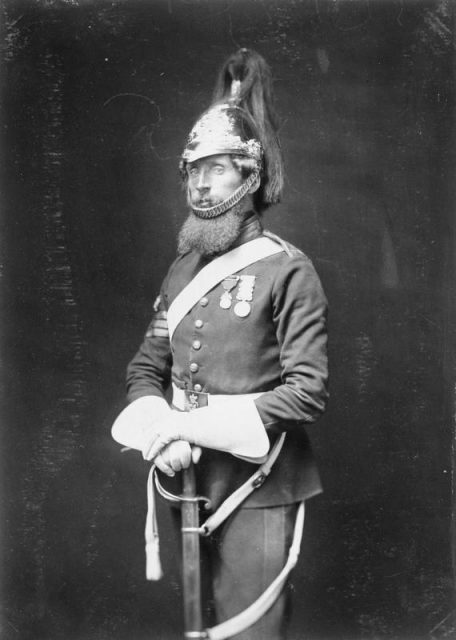
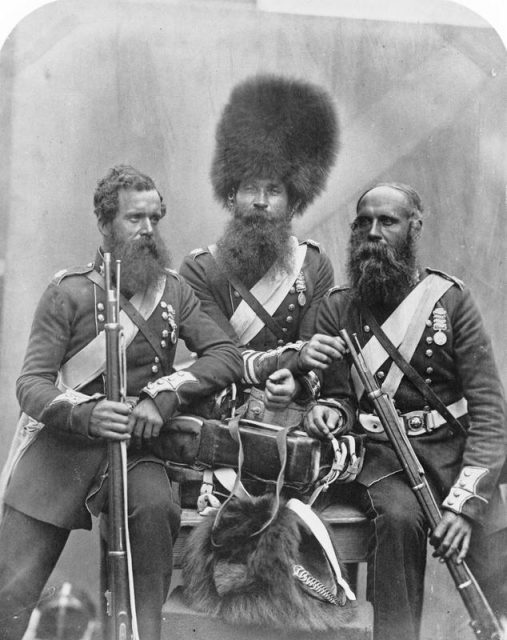
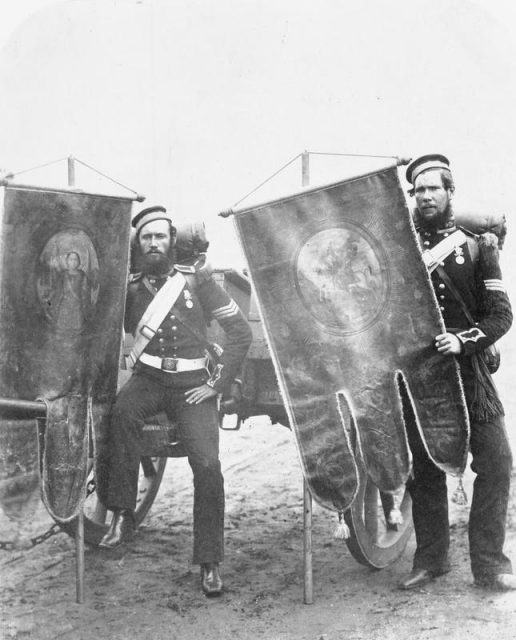
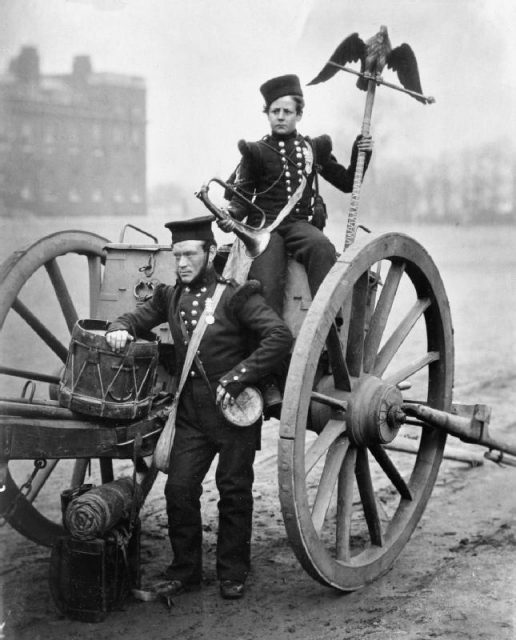
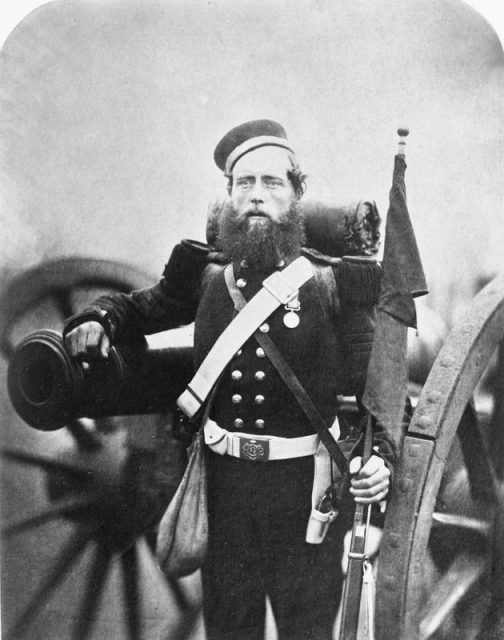
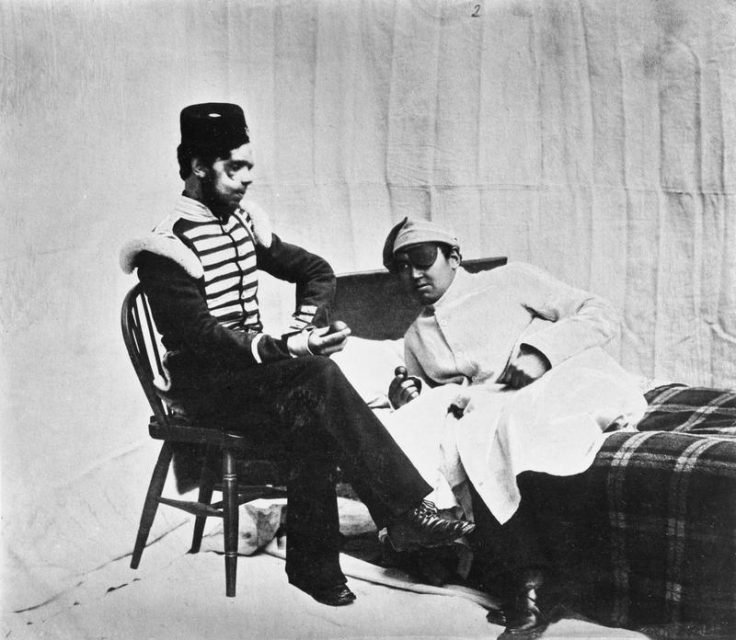
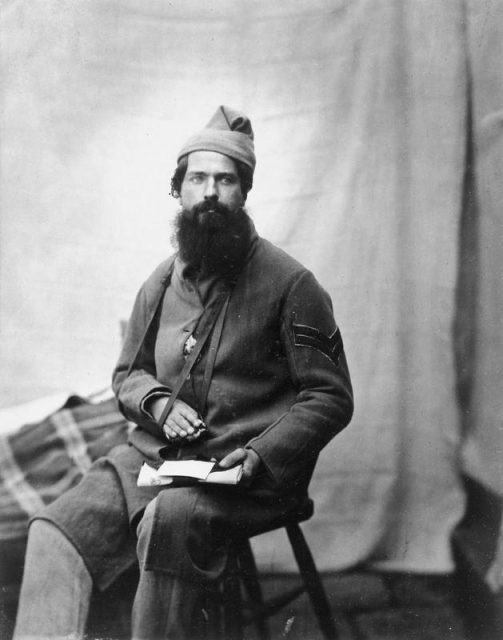
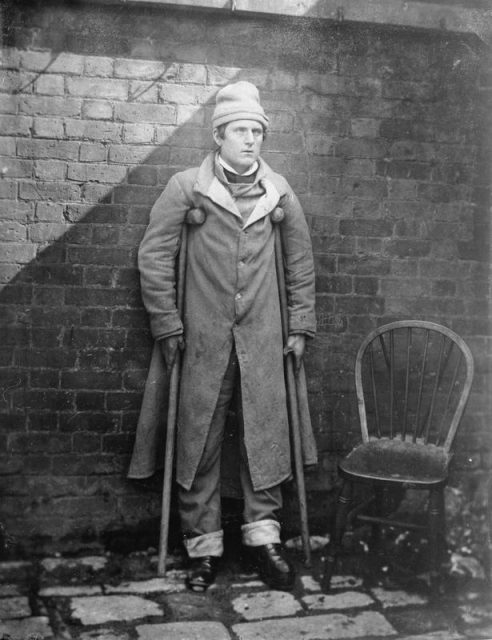
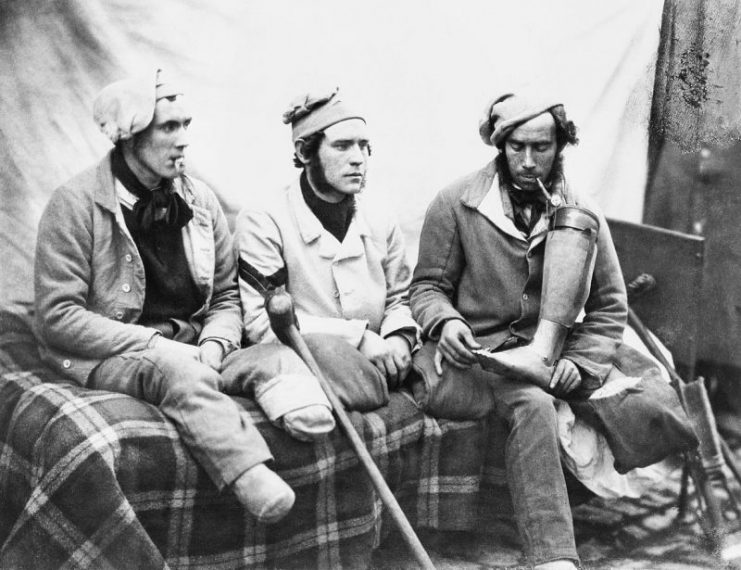
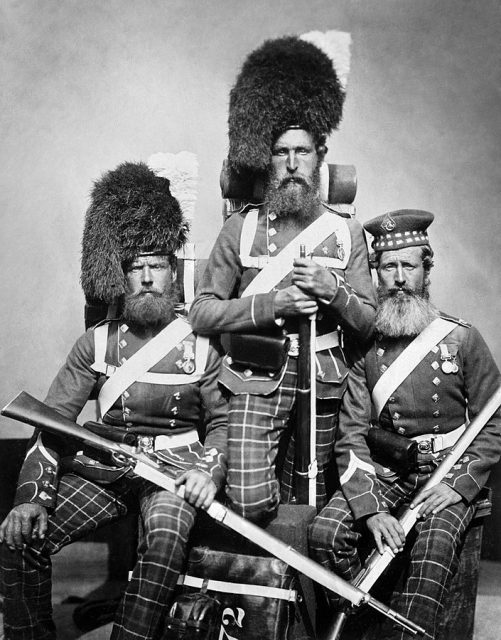
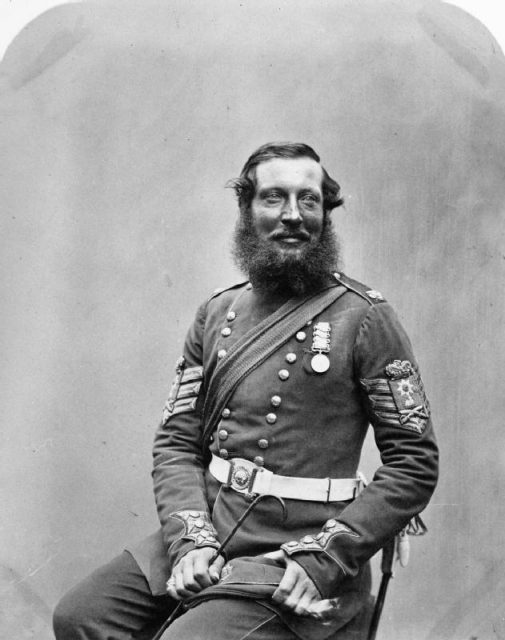
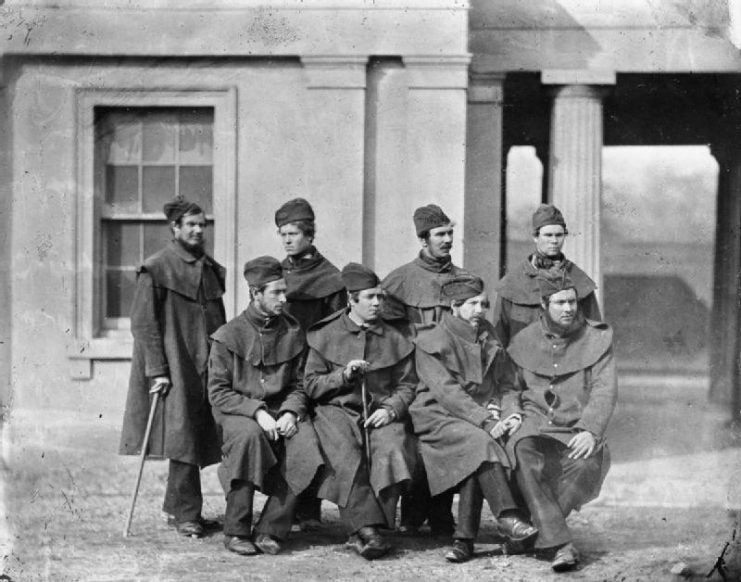
Read another story from us: How the British Empire Starved Its Soldiers In the Crimea
